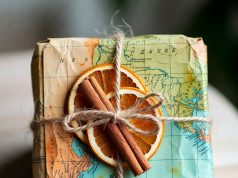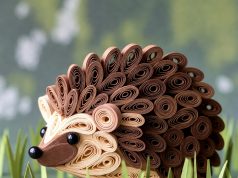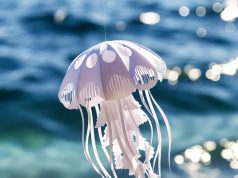Paper is an amazing material that opens up limitless possibilities for creativity. The choice of the right kind of paper determines the result of your work, be it painting, graphics, origami or decorative crafts. Let's find out what types of paper exist and how to choose the perfect one for different creative tasks.
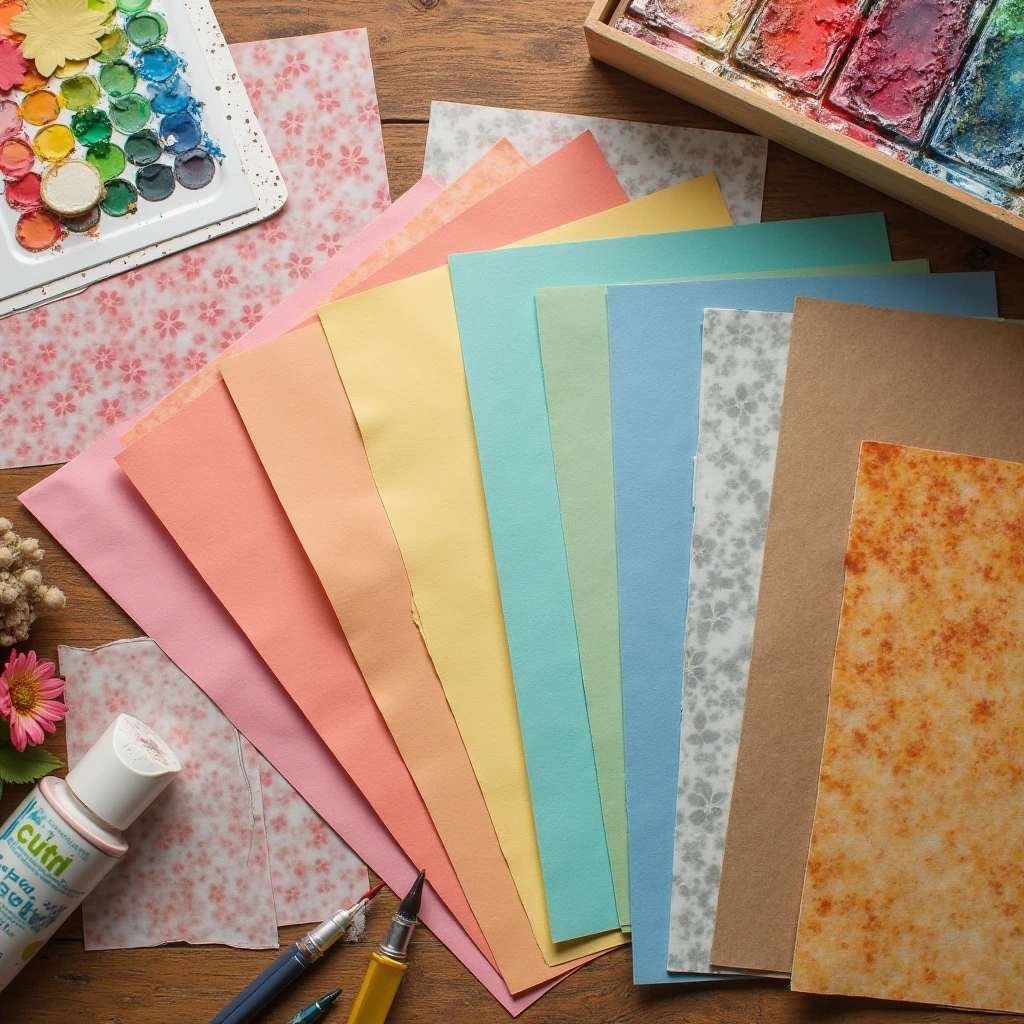
🖌️ Watercolor paper
Watercolor painting requires special paper that can withstand large amounts of water and will not warp. The density of watercolor paper varies from 200 to 600 g/m², and the thicker the paper, the better it retains its shape.
There are three basic types of surface:
- Coarse (cold pressed) - with a pronounced texture, ideal for landscapes and textural work.
- Smooth (hot pressed) - suitable for detailed illustrations.
- Hand cast paper - has irregular edges and a unique texture that gives the works a special charm.
Read also: Salt + watercolor: magical textures for landscapes
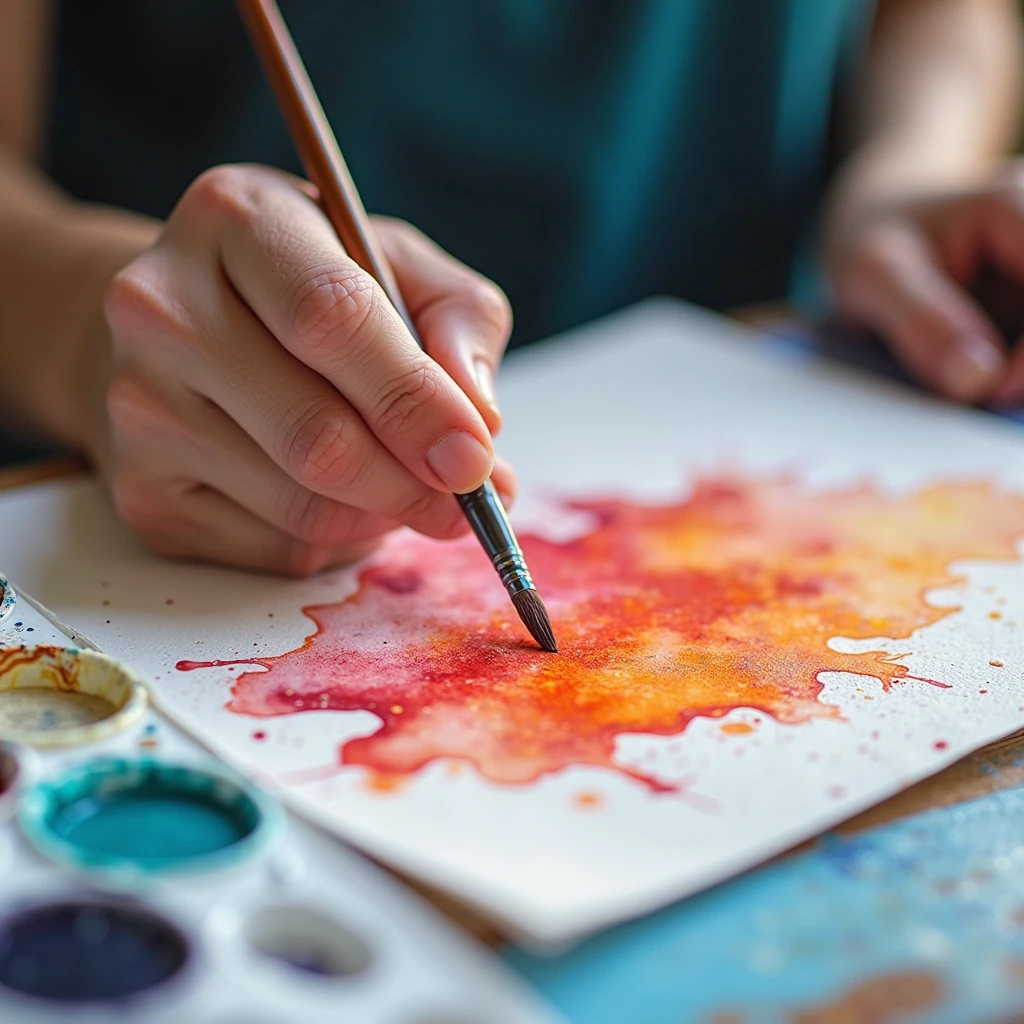
✏️ Graphics and drawing paper
If you work with pencil, ink or pastels, smooth paper with a moderate weight is suitable. Watman (120-200 g/m²) works well with pencil and ink, while tinted pastel paper helps you to create three-dimensional works through contrast.
For ink drawings and calligraphy, choose paper with a smooth surface that prevents ink from spreading. Some artists even use printer paper, but professional materials give more predictable results.
🦢 Origami and modeling paper
Origami requires paper that holds its folds well but remains strong enough. Traditional Japanese washi paper is made from natural fibers and is ideal for intricate patterns.
For beginners, ordinary origami paper with a density of 70-90 g/m² is suitable, often with a colored coating on both sides. If you are creating large models, it is better to use thick kraft or thin cardboard.
Read also: How to make a three-dimensional origami heart
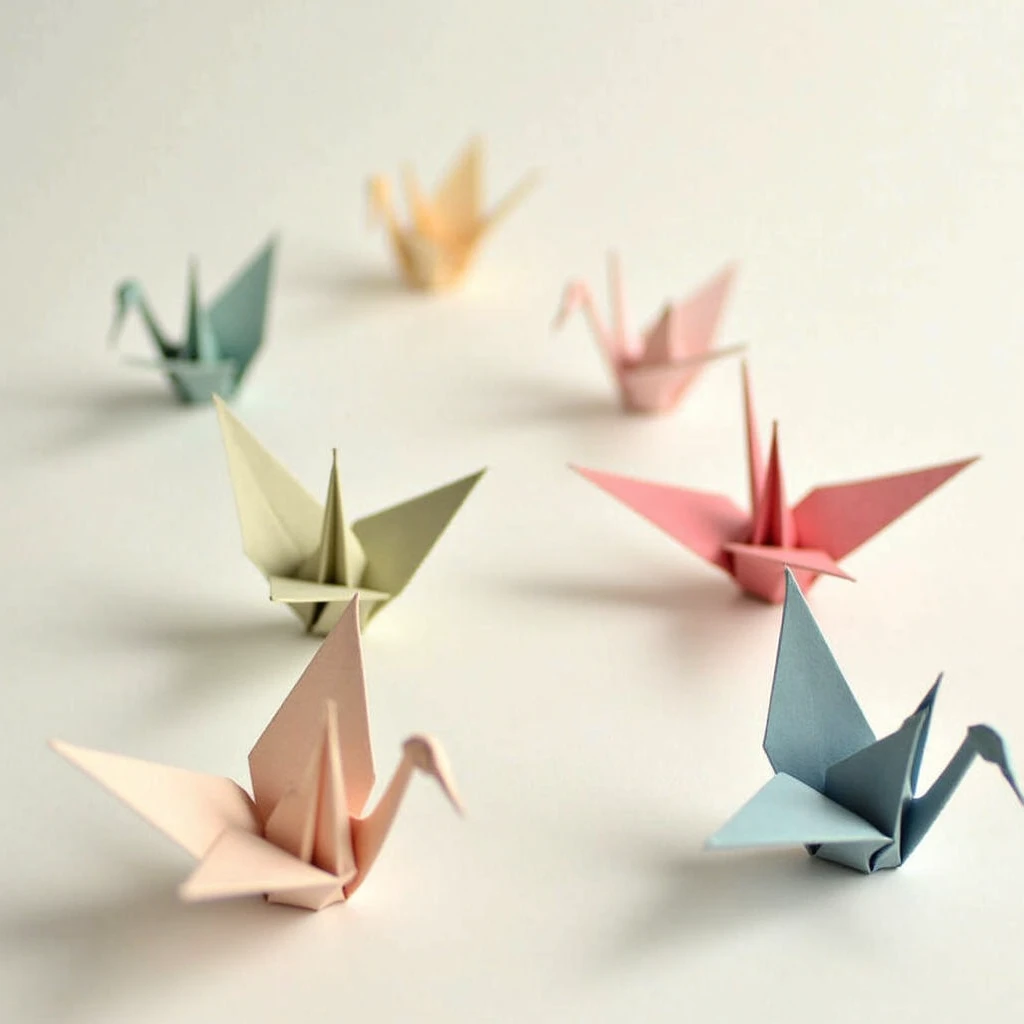
🎀 Decorative and design paper
Scrapbooking, greeting cards and other decorative projects use special papers with different textures and effects. Cardstock (200-300 g/m²) is the basis for postcards, it can be matte, glossy and even embossed.
Velvet and pearlescent papers add a luxurious look to your work, while rice paper is perfect for decoupage. If you want a vintage effect, try handmade paper with dried color inclusions or irregular edges.
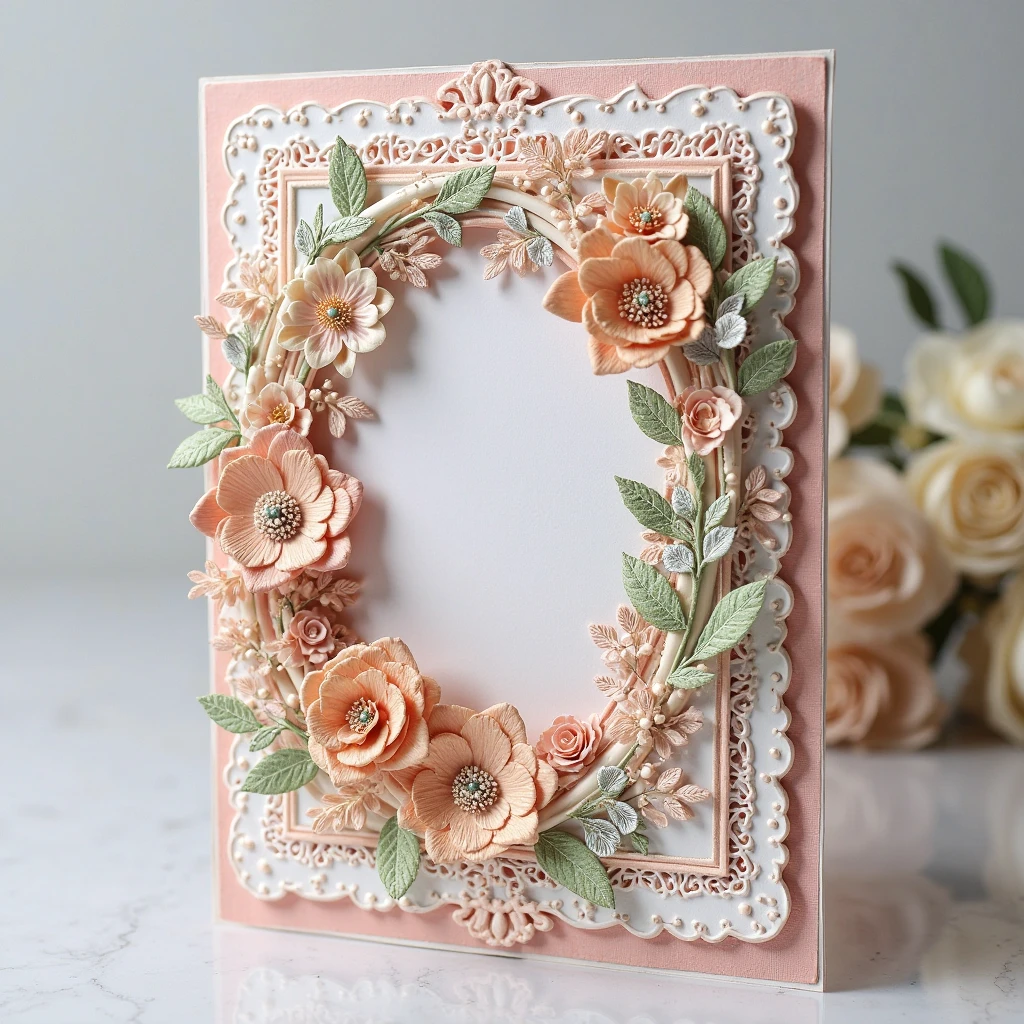
🔍 How do you choose paper for your projects?
If you're just starting out, try buying several types of paper and testing them out. Pay attention to:
- Density (the thicker, the more resistant to deformation).
- Texture (smooth, textured, rough).
- Reactions to paints and glues (some types of paper may warp).
Experiment and you'll find the perfect material for your art!
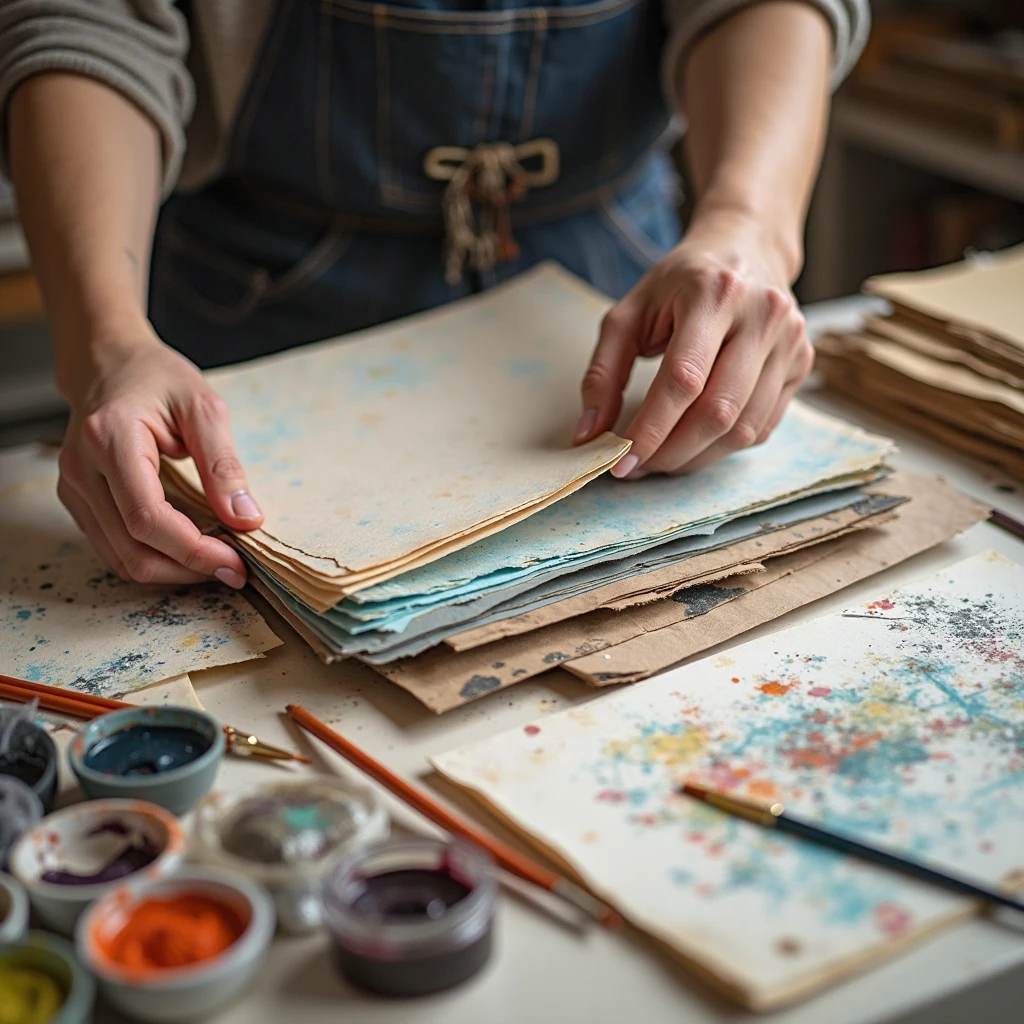
What is your favorite kind of paper? Share in the comments! ✨


